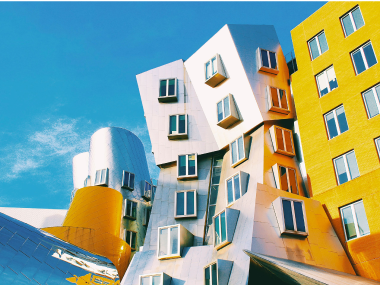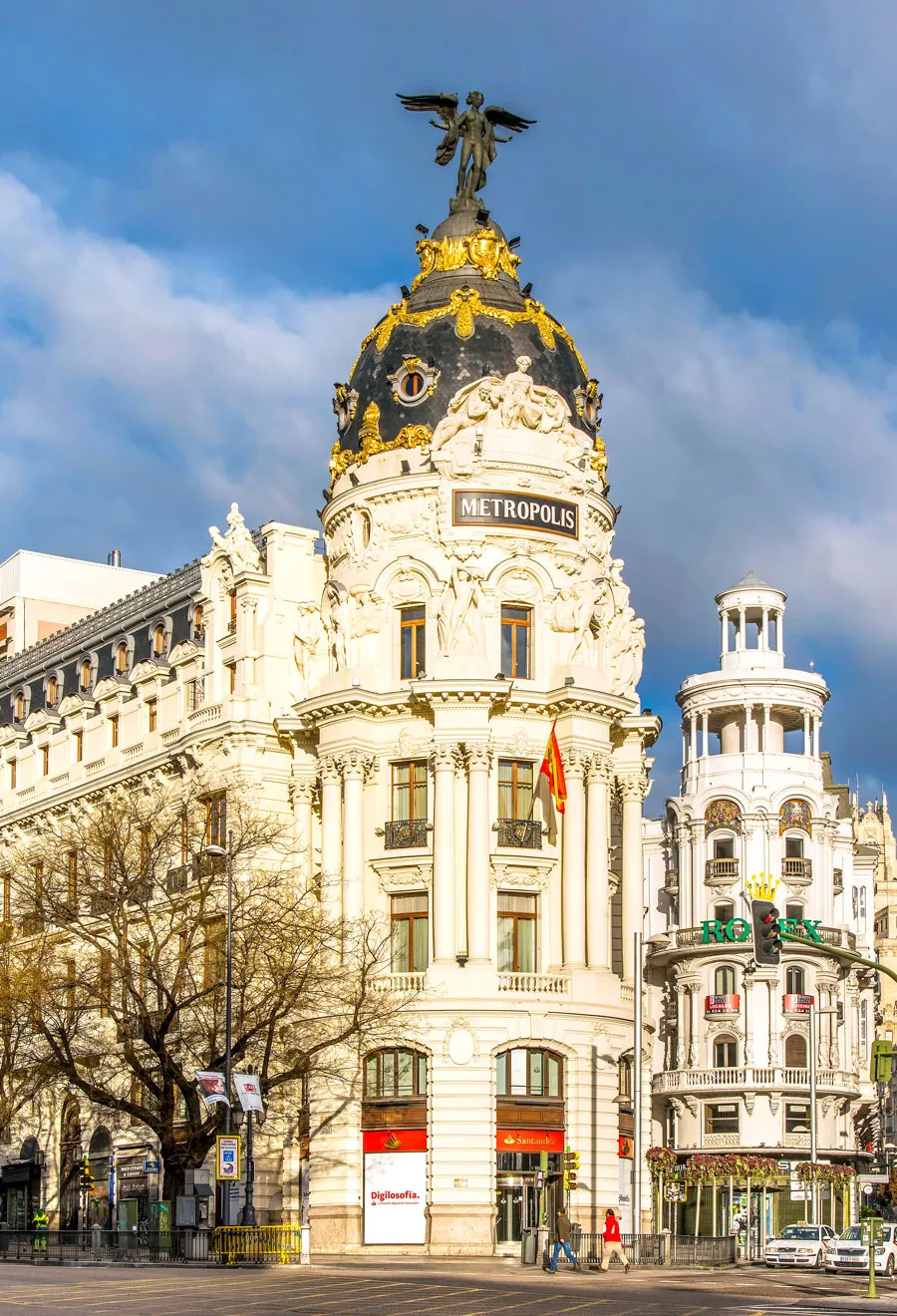Beaux Arts architecture exudes opulence. With a nod to classical forms, this striking building style became a popular choice for civic and public buildings in the 19th century thanks to its commanding presence — symmetrical façades replete with arched windows and pedimented doors, imposing entrances leading to grand staircases, and ornamental details in the form of festoons, cartouches and balustrades. The obsession with Beaux Arts architecture gained momentum in Paris and peaked during the late 19th and early 20th centuries. Below, take a look at five notable examples of Beaux Arts architecture and see why they have an enduring appeal.
Grand Central Terminal – New York, New York
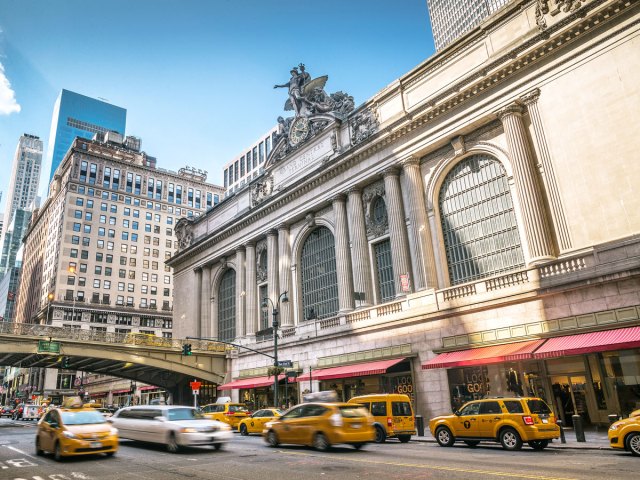
Grand Central Terminal was commissioned in 1903 to replace the outdated Grand Central Depot, which had served New Yorkers since 1871. Architecture firm Reed & Stem won the contract to redevelop and modernize the station with an ambitious plan that split the station over two levels to create 44 platforms serving 63 tracks.
However, it’s the Beaux Arts styling — from the Tennessee pink marble used on the floor of the main concourse to the Guastavino tiles on the walls — that makes Grand Central Terminal such a beloved landmark today. That style choice is thanks to the involvement of another architecture firm, Warren & Wetmore. Their sketch for the celestial ceiling mural would become one of Grand Central’s most iconic features. Additionally, French sculptor Jules-Félix Coutan was commissioned to create the Glory to Commerce sculpture, which dominates the south façade alongside a decorative Tiffany-style clock.
Opéra Garnier – Paris, France
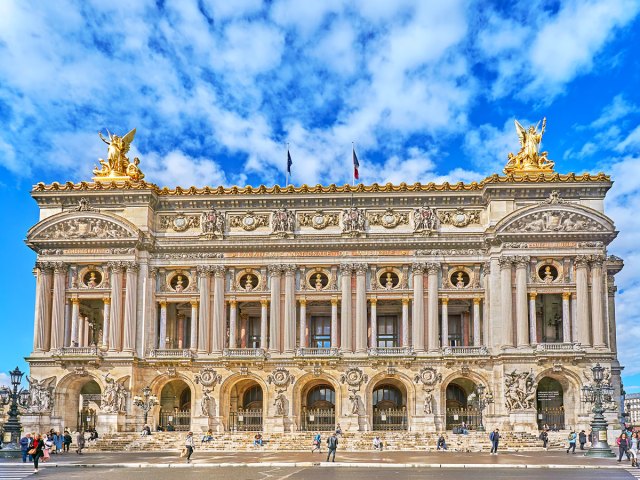
French architect Charles Garnier was a graduate of the École des Beaux-Arts in Paris, the school of fine arts where the Beaux Arts architecture style was born. He was responsible for the city’s opulent opera house, completed in 1861. In fact, its interiors are so extravagant that it is often referred to as Palais Garnier, as the building is sumptuous enough to resemble a palace.
Commissioned by Emperor Napoleon III, it’s a feast for the eyes: The main façade, overlooking Place de l’Opéra, is adorned with sculptures such as Gumery’s gilded L’Harmonie (Harmony) and La Poésie (Poetry), which are perched above busts of great composers such as Mozart, Beethoven, and Rossini. Meanwhile, the metal framework of the horseshoe-shaped auditorium — strong enough to support a magnificent bronze and crystal chandelier — is beautifully concealed by marble, stucco, velvet, and gilding.
Thomas Jefferson Building at the Library of Congress – Washington, D.C.
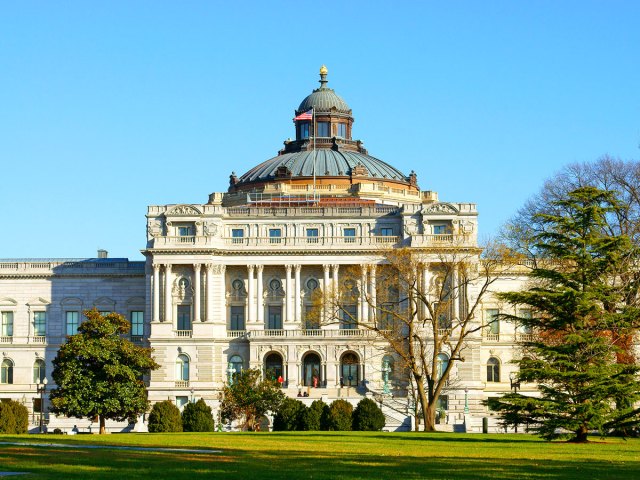
Also known as the Main Library, the Thomas Jefferson Building at the Library of Congress in Washington, D.C., is one of the most splendid examples of Beaux Arts architecture in the United States. It was constructed in the 1890s but didn’t receive its current name until 1980, in honor of one of the nation’s Founding Fathers and the third president.
Modeled on the Paris Opera House, the building was first billed as an example of Italian Renaissance-style architecture, but these days it’s widely considered to fit into the Beaux Arts style instead. Inside, the opulent décor befits a building of such importance, replete with artwork, sculptures, and expensive materials such as marble, granite, bronze, and mahogany. A standout feature of the building is the copper dome, which was gold-leafed until the 1930s, while the Flame of Knowledge atop it is still a gilded treasure covered in gold.
Musée d’Orsay – Paris, France
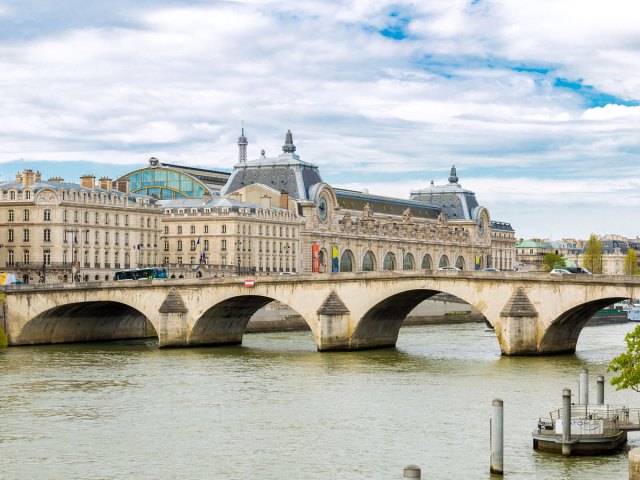
When French architect Victor Laloux was tasked with building the Gare d’Orsay (Orsay train station), he chose a fabulous Beaux Arts design. Opened in 1900, it was originally the terminus for the Chemin de Fer de Paris à Orléans (Paris to Orleans railway). The station’s ornate limestone façade concealed a functional steel frame, while the glass roof of its distinctive barrel vault flooded the lower spaces with light. Ornate detailing — including lion’s heads, oak branches, and laurel leaves — enhanced the exterior, along with statuary representing the destination cities of Nantes, Bordeaux, and Toulon.
But eventually, the length of the platforms couldn’t accommodate the trains that needed to use it, and the station closed to long-distance traffic in 1939. After suburban trains were also relocated, a new use for the building was needed. It reopened as the Musée d’Orsay in 1986. The old station clock now stands over Carpeaux’s iconic sculpture, Les Quatre Parties du monde soutenant la sphère céleste (The Four Parts of the World Supporting the Celestial Sphere). Meanwhile, paintings by Cezanne, Van Gogh, and Monet hang in what was once the station hotel.
Edificio Metrópolis – Madrid, Spain
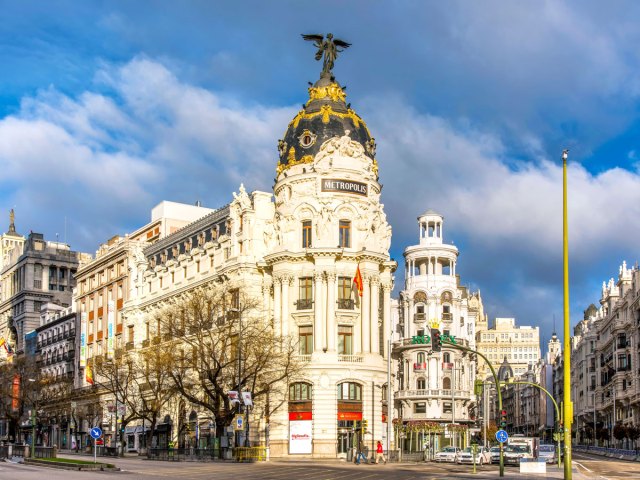
Outside of France, one of the most delightful examples of Beaux Arts architecture in Europe can be found in the Spanish capital. Completed in 1911, Edificio Metrópolis (Metropolis Building) was the work of French architect Jules Février in collaboration with his son Raymond.
The insurance company La Unión y el Fénix Español, which would occupy the office building, held a competition and chose the duo’s elaborate Beaux Arts design as the winner. The Corinthian columns that flank the main entrance support sculptures representing worthy endeavors such as agriculture, while a phoenix, the emblem of the company, originally topped the slate dome that crowns the building. Today, a magnificent statue called Victoria Alada (Winged Victory) sits atop the building as its showstopper.
More from our network
Daily Passport is part of Inbox Studio, which publishes content that uplifts, informs, and inspires.
